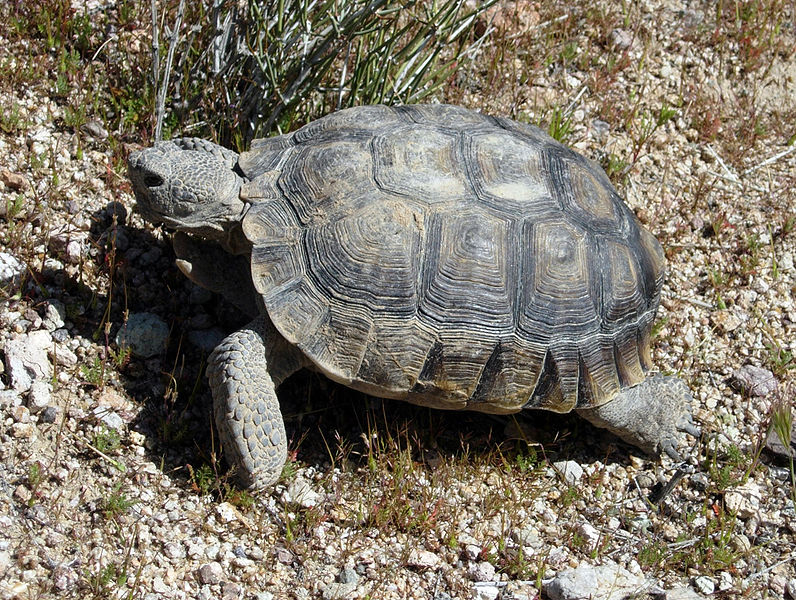 In the wake of continuing amphibian extinctions, herpetologists made a special effort to study frogs and salamanders in 2010. Their hard work resulted in the discovery of new species and others believed extinct, and in many surprising new findings about how they live.
In the wake of continuing amphibian extinctions, herpetologists made a special effort to study frogs and salamanders in 2010. Their hard work resulted in the discovery of new species and others believed extinct, and in many surprising new findings about how they live.
Please note: the species described below are barely studied; the photos shown here are of close relatives. Please see article below for actual photos.
“Back From Extinction”
Biologists participating in a program launched by Conservation International and the IUCN combed the globe in hopes of finding amphibians that have already been “written off” as gone forever. Herp enthusiasts were pleased to learn that at least 3 of these, while very rare, do indeed continue to hold on. Read More »
 That Reptile Blog – Reptile, Amphibian and Exotic Pet Care and Information
That Reptile Blog – Reptile, Amphibian and Exotic Pet Care and Information




